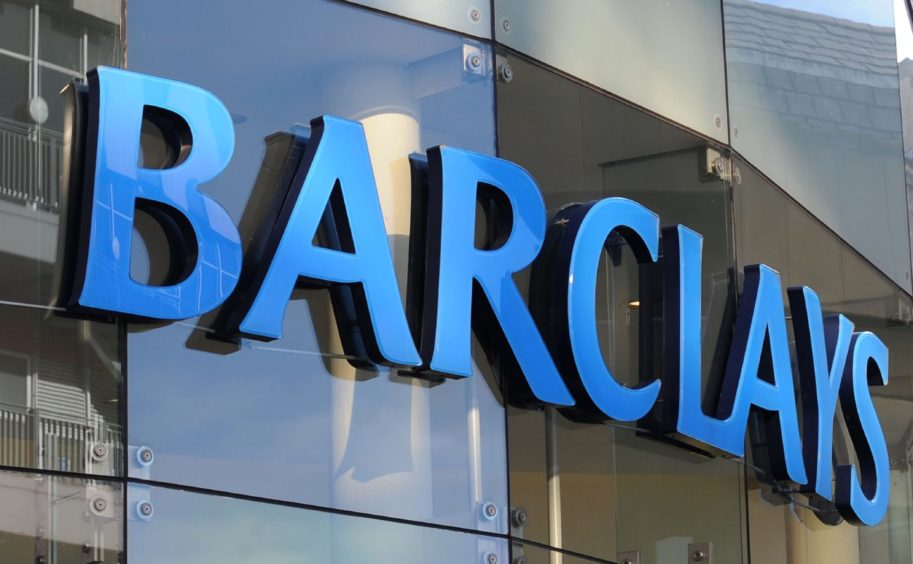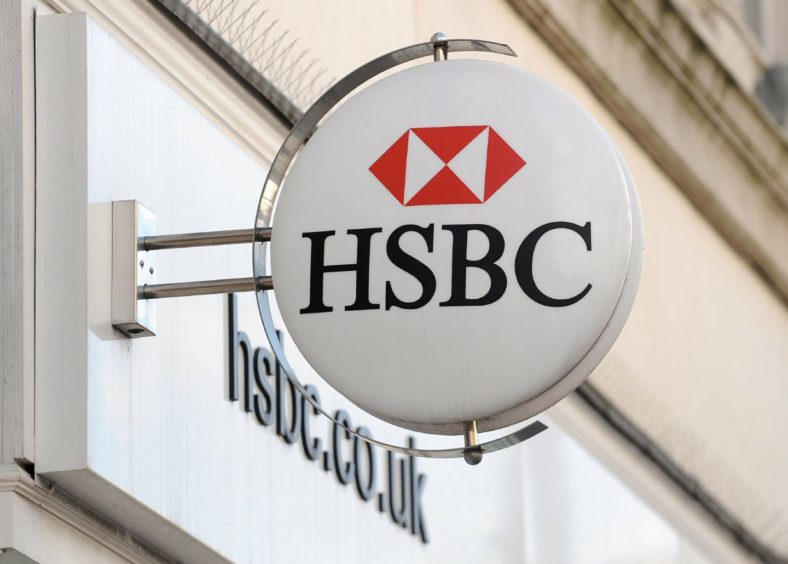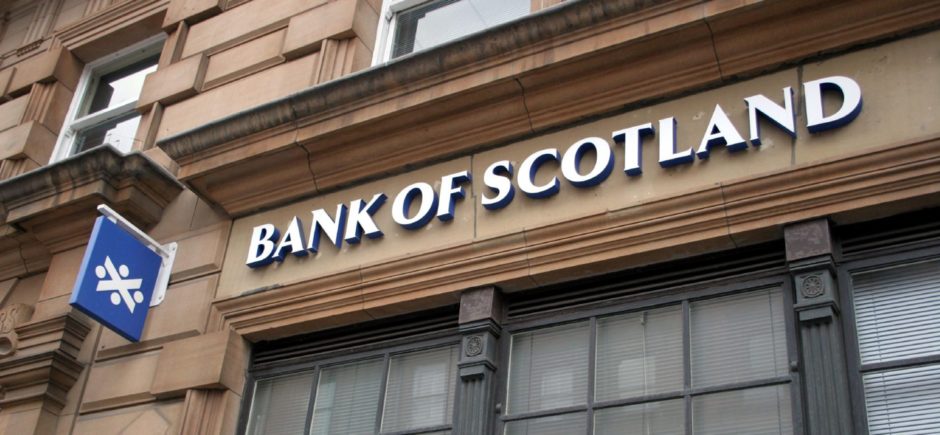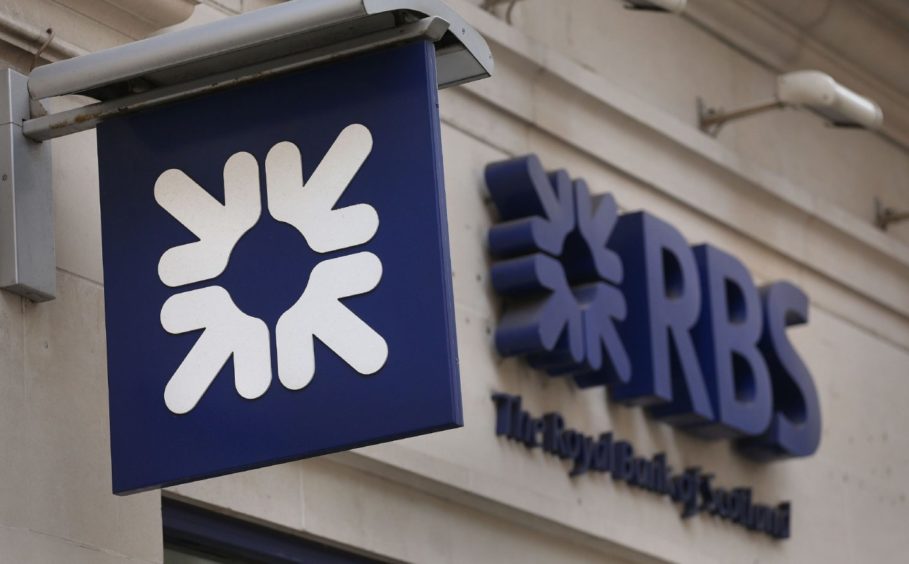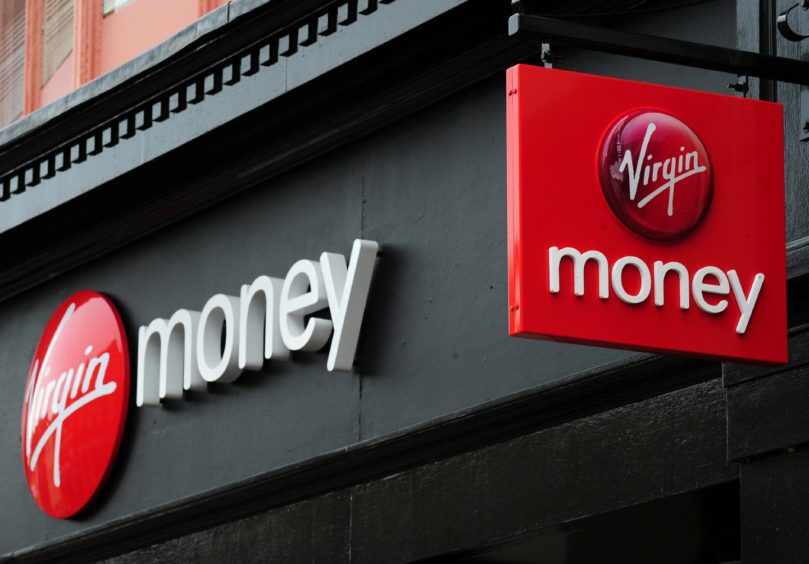Which? has urged banks to “come clean” about how much money victims of bank transfer scams are being reimbursed.
It comes after the consumer champion called on the UK’s major banks and building societies to commit to publishing their reimbursement rates by Friday May 28.
The date marked two years since the introduction of an industry code that many banks have signed up to. It pledges to refund losses to victims of so-called Authorised Push Payment (APP) scams who are not at fault.
However, nearly all banks have failed to do so. Barclays, which last month provided reimbursement figures for the first two months of the year, was the only firm to say it was ready to publish “periodically”.
Banks’ commitments not matched by action
This leaves Barclays as the only organisation apart from TSB, which is not a member of the code but does have a “Fraud Refund Guarantee“, to provide any information on the amount of money that is returned to customers falling victim to this type of scam.
As a result of the poor industry response, Which? has now urged the Payment Systems Regulator (PSR) to push through with its proposals to require firms to publish the data.
Currently, information about the levels of reimbursement individual banks provide to customers under the scams code is reported anonymously – with reimbursement rates across firms last year ranging from a low of 18% to a high of 64%, according to the PSR.
By contrast, TSB has revealed it reimburses 99% and Barclays said its figure was 74% for the first two months of 2021.
Banks that are not part of the voluntary code face even less scrutiny, and there is no clarity about how much money is returned to customers by firms, even on an anonymous basis, Which? said.
It believes a “complete lack of transparency” in how individual banks are treating customers is leading to unfair and inconsistent decisions.
Which? said this allowed firms to “wriggle out of their responsibility” to reimburse victims and was a contributing factor to low levels of reimbursement under the scams code.
Banks are continuing to hide behind a cloak of anonymity, instead of demonstrating their commitment to protecting customers from the devastating impact of bank transfer fraud.”
Gareth Shaw, Which?
Reasons banks gave for not publishing included:
- Publishing reimbursement rates alone would not give a full picture of an organisation’s ability to prevent fraud and protect its customers, and a wider range of information – such as data on where scams have originated – is required to give a fuller picture.
- A low reimbursement rate may suggest a bank has high levels of fraud prevention and scams that do get through could be more likely to involve customer error.
- Releasing data publicly could potentially drive criminal behaviour towards specific firms perceived to have weaker fraud protections.
- A belief that it detracts from the need to focus on criminals and a growing threat of financial crime.
‘Lottery’
Which? said it did not believe any of the points raised prevented banks from being more transparent.
Gareth Shaw, the group’s head of money, said: “Banks are continuing to hide behind a cloak of anonymity, instead of demonstrating their commitment to protecting customers from the devastating impact of bank transfer fraud by publishing their reimbursement rates.
“Without greater transparency, inconsistent and unfair treatment of scam victims will continue, and the chances of having their losses returned will remain a lottery.
‘Systematic problems’
“This situation cannot continue. The Payment Systems Regulator must now take action and order all firms to publish this information regularly and in full, as part of a range of measures to resolve the systemic problems with how victims of this crime are handled.”
Which? said the response from industry showed the regulator “has no choice but to act on its proposals to improve transparency from firms on how they deal with bank transfer scams, including reimbursement”.
Stronger consumer protections, that all firms must follow, are also needed to fix an “unfair and inconsistent industry approach to reimbursement for blameless victims”, it added.
North MP fears mum was bombarded with scam calls ‘until day she died’
Can you spot a scam? Tips to avoid being hooked by phishing fraudsters
What to do if you’re the victim of a bank transfer (APP) scam
UK’s leading banks give their response
AIB: “We have a concern shared with others in the industry that releasing such data into the public domain could potentially drive criminal behaviour towards specific brands perceived to have weaker controls.
“We believe receiving firm data would not be useful to customers as this is unlikely to drive decisions around with whom they choose to bank.”
Bank of Ireland: “We will not be publishing reimbursement rates.”
Barclays: “Reporting data on scams is important to help drive down the rate of crime, thereby protecting consumers from falling victim in the first place.
“We are ready to share our own insights, including on reimbursement rates, periodically, but feel strongly that regulatory intervention is essential to ensure the approach is consistent.”
The Co-operative Bank: “As a UK Finance member we agree with its view that a more holistic picture of refund rates is required and we are not supportive of APP data being published without more detail and clarity being provided to consumers.”
HSBC, First Direct and M&S Bank: “We work hard to deliver on our commitments under the CRM (Contingent Reimbursement Model) Code, helping protect as well as support customers should they fall victim to scammers.
“We act with empathy and understanding when investigating a case and strive to ensure fair and reasonable outcomes for our customers.
“We continue to collaborate with others in the industry to explore ways in which we can provide a balanced picture of APP scams, combining scam originator data, prevention levels and reimbursement levels.”
Lloyds Banking Group/Bank of Scotland: “We have submitted a response to the PSR ‘Call for Views’ on this topic and look forward to the outcome of the industry-wide consultation.
“We are fully committed to reimbursing victims of scams in line with the voluntary code, and have returned significant amounts of money to victims of fraud since it came into effect.
“Winning the fight against fraudsters is a team effort, and obligations for prevention should be extended to all banks as well as online platforms and telecoms companies, where the majority of scams typically start.”
Metro Bank: “Publishing reimbursement rates alone does not give a comprehensive picture of an organisation’s ability to prevent fraud and, therefore, protect its customers.
“However, with fellow UK Finance members, we are committed to working and building out the right information to allow a complete position to be easily understood.”
Nationwide: “We are constantly looking at ways to help stop scammers being successful in duping our members into parting with their money.
“We will continue to review our approach regarding the publishing of our own fraud and scam data, although believe it largely detracts from the overwhelming need to focus on the criminals and growing threat of financial crime.”
NatWest Group/Royal Bank of Scotland: “We will continue to publish our data at an industry level through UK Finance.”
Santander: “We are concerned that publishing reimbursement rates in isolation could present a misleading picture to consumers by failing to take into consideration relative levels of fraud prevention, which should be the overriding priority.”
Tesco Bank said it had no plans to publish it’s reimbursement rates as these would present a one-dimensional view of the problem and not help consumers understand the effectiveness of its capability in preventing APP fraud in the first place, while offering only a limited measure of its effectiveness at dealing with the aftermath of APP fraud.
Virgin Group said it had no plans to publish reimbursement rates, adding its priority was to protect customers from becoming victims of scams and also supporting all activity that helps to achieve that.
It added it was working with others in the sector to agree an approach that will allow customers to make meaningful comparisons on fraud.
Citibank, Monzo and Revolut did not respond to Which?’s request for comment.


